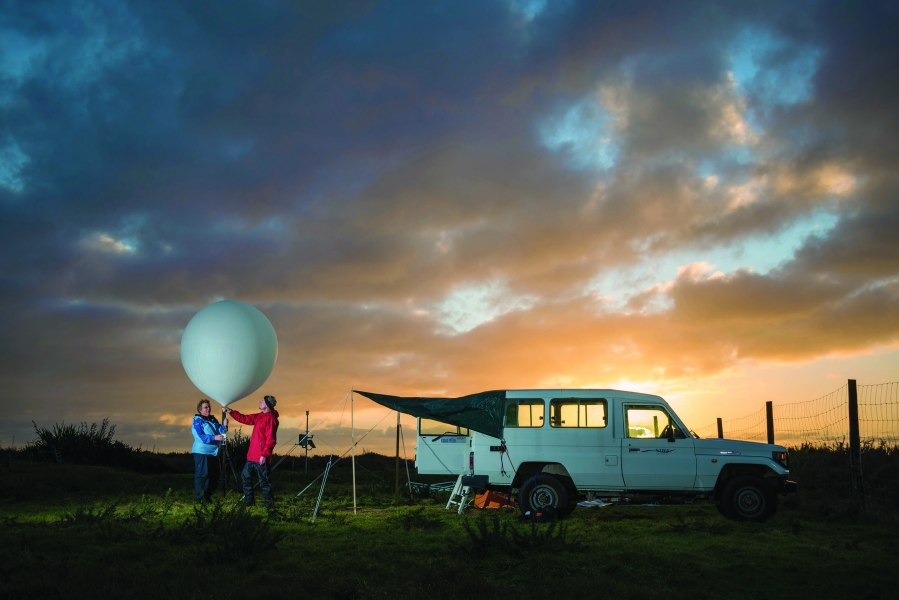If you live in the South Island and looked into the sky over June and July, you may have noticed the largest experiment held in New Zealand in the past 20 years.
Two research aircraft, a Gulfstream V jet from the United States and a Falcon 20 jet from Germany, flew up to 20 flights each over the six-week duration of the experiment. These high tech, superfast planes were set up as ‘flying laboratories’, full of specialised scientific equipment.
Called Deepwave (Deep Propagating Gravity Wave Experiment), the international experiment studied the atmosphere over the Southern Alps.
Deepwave involved scientists working from six sites across the South Island and in Wellington. It was led by the National Center for Atmospheric Research in the United States and the German Aerospace Centre, and funded by the United States National Science Foundation.
Its aim was to better understand how gravity waves evolve and how they can be better predicted. The information gathered will ultimately lead to more accurate weather forecasts.
Gravity waves, which form when strong winds strike a large obstacle such as a mountain range, have not been well studied. They are difficult to see at high altitudes and need special equipment to track and analyse them. But climate scientists consider them extremely important because they carry and transfer momentum and energy in the atmosphere, and so affect the weather and climate.
The Southern Alps offer a unique opportunity for this type of atmospheric research because of the reliability of the westerly wind circulation patterns in the area.
NIWA scientists based in Christchurch forecast the best times for the aircraft to fly, to make the most of the atmospheric conditions.
About 100 people, including 15 NIWA staff, were involved in the experiments, with scientists based in the South Island at Hokitika, Birdlings Flat (near Christchurch), Mt John (Lake Tekapo), Lauder (Central Otago), Invercargill and Haast.
They took a range of measurements that will be integrated with aircraft and satellite data to provide a complete vertical profile of the atmosphere from the ground up to about 100km. A full meteorological station was also set up at Hokitika Airport.
NIWA’s Tony Bromley and Sally Gray were at Hannah’s Clearing, about 20km south of Haast, releasing weather balloons that fly up to 30km high to coincide with the research flights. Instruments called radiosondes attached to the balloons transmitted a range of atmospheric measurements that were then relayed to HQ in Christchurch.
At HQ, NIWA meteorologist Richard Turner led a forecasting team, providing an overview of how the gravity waves are being generated, and what’s generating them.
“In the first instance, we are very interested in how our model predictions stack up against the data and how well we’ve done in terms of predicting the conditions.
“Ultimately this will lead to improved understanding of the role of gravity waves in distributing momentum and energy in the atmosphere, which should lead to more accurate forecast models.”

